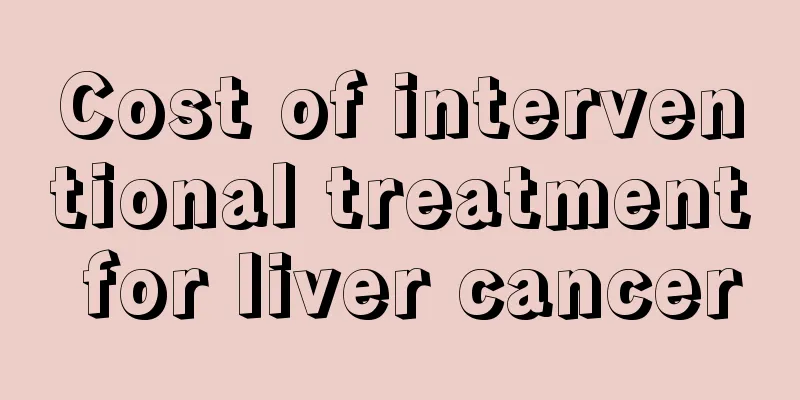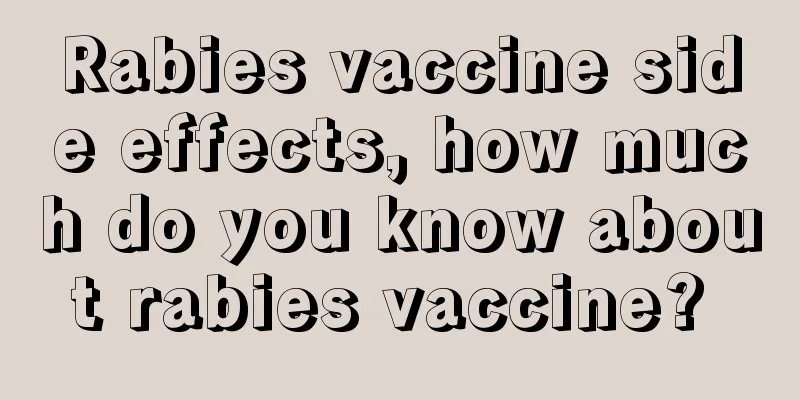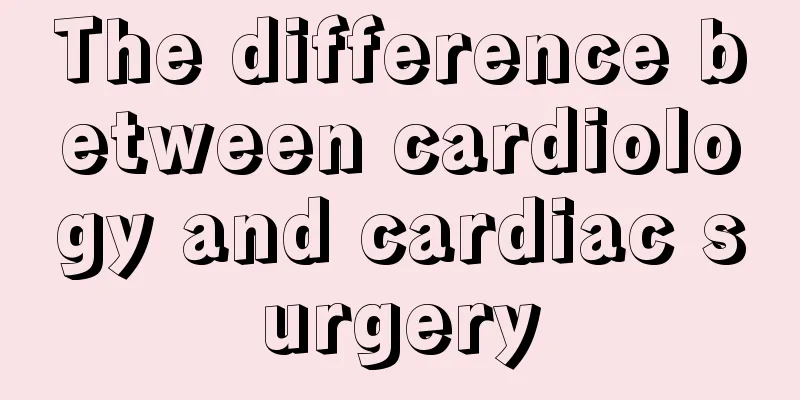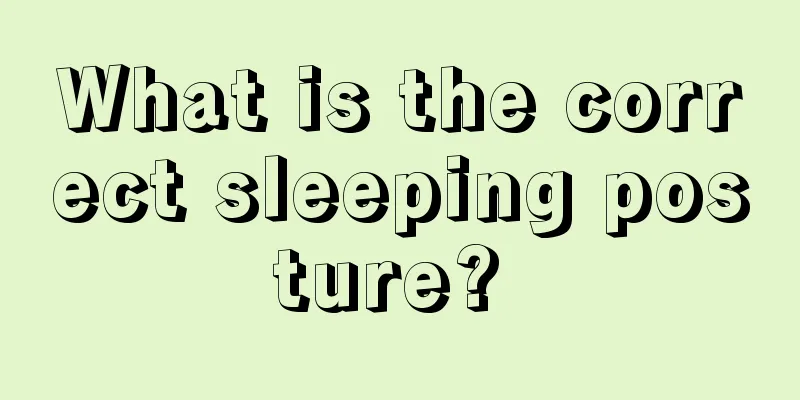Numbness in hands, a precursor to hemiplegia

|
Some hemiplegic patients will experience adverse reactions such as numbness in the hands before the onset of the disease. In addition to numbness in the hands, they will also experience symptoms such as dizziness. At this time, the patient and his family need to pay attention and seek medical treatment in time. So what are the symptoms that can serve as precursors to hemiplegia, and how to treat hemiplegic patients? Let’s talk about it now. 1. Symptoms of hemiplegia Hemiplegia, also known as hemiplegia, is a common symptom of disease. So what are the symptoms of hemiplegia? Let’s take a look at them together. ① Hemiplegia due to impaired consciousness It manifests as a sudden loss of consciousness, accompanied by hemiplegia, often with the head and eyes tilted to one side. ② Flaccid hemiplegia It manifests as voluntary movement disorders of the upper and lower limbs on one side accompanied by obvious hypotonia. The voluntary muscles are obviously paralyzed, while the involuntary muscles may not be paralyzed, such as gastrointestinal motility, bladder muscles, etc. ③Spastic hemiplegia It is generally a transition from flaccid hemiplegia and is characterized by a significant increase in muscle tone. The extensor muscles of the upper limbs and the flexor muscles of the lower limbs are obviously paralyzed, and the muscle tone is significantly increased. Therefore, the upper limbs are flexed, the lower limbs are extended, the fingers are in a flexed state, and there is a feeling of stiffness and resistance when the hands are passively extended. ④ Mild hemiplegia In cases of extremely mild hemiplegia, such as in the early stages of progressive hemiplegia or in the interval between attacks of one-off hemiplegia, the paralysis is mild and can be easily missed without careful examination. How to treat hemiplegia 2. How to treat hemiplegia. 1. Occupational therapy Occupational therapy is aimed at the functional disorders of the sick, injured and disabled. It selects some highly targeted occupations that can restore the patient's functions and skills from daily life activities, manual labor or cultural and sports activities, and has patients train according to the specified requirements to gradually restore or improve their functions. The main purpose is to evaluate and treat patients' work, and carry out self-care activities such as eating, washing, dressing, and transferring from bed to wheelchair; cultural and sports activities such as ring tossing, tangram, nine-pin game, painting and various valuable games, effectively improving the daily living activities and social activities of patients with functional disabilities caused by spinal cord injury, cerebral hemorrhage, cerebral infarction, brain trauma, and bone and joint surgery. 2. Exercise therapy Exercise therapy is one of the most effective methods for treating hemiplegia. Its main feature is that exercise can effectively promote the recovery of the patient's sensory, motor and other functions. The main activities include joint range of motion training, muscle strength training, joint mobilization training, balance and coordination training, transition training, aerobic training, and various neuromuscular facilitation techniques. |
<<: Effect of camphor phenol solution
>>: What does compound camphor cream treat
Recommend
The washbasin can be used to wash underwear
In life, every household has many basins, which a...
What are the symptoms of prostate cancer?
In recent years, prostate cancer has become a maj...
I still feel thirsty even though I drink a lot of water
The human body needs to consume a large amount of...
Effects of honey and pearl powder
Pearl powder is a powdered substance made from fr...
Eight health secrets of the ancient royal family
Secret recipe 1: Meridian health care Meridians a...
Why do men like sexy women
Every man is lustful, and it is every man's n...
Why is hair so oily
Sometimes we feel that our hair is very oily. We ...
What causes swollen fingers?
Swollen hands and feet is a common phenomenon. In...
How should lung cancer patients eat after surgery? Two things to note about lung cancer patients’ diet after surgery
Experts say that the possibility of curing lung c...
What are the nature, flavor and meridians of honeysuckle
If a child develops eczema on his skin, drinking ...
Does Fengyoujing have the magical effect of strengthening yang?
Fengyoujing is probably one of the necessities in...
Special prescriptions of traditional Chinese medicine for treating brain cancer
Brain cancer is a common malignant tumor of the u...
How can small cell lung cancer be cured
How can small cell lung cancer be cured? Small ce...
Clinical staging of lymphoma
Pathological histological examination is the only...
The efficacy and function of blue chamomile
Blue chamomile and chamomile are essentially the ...









